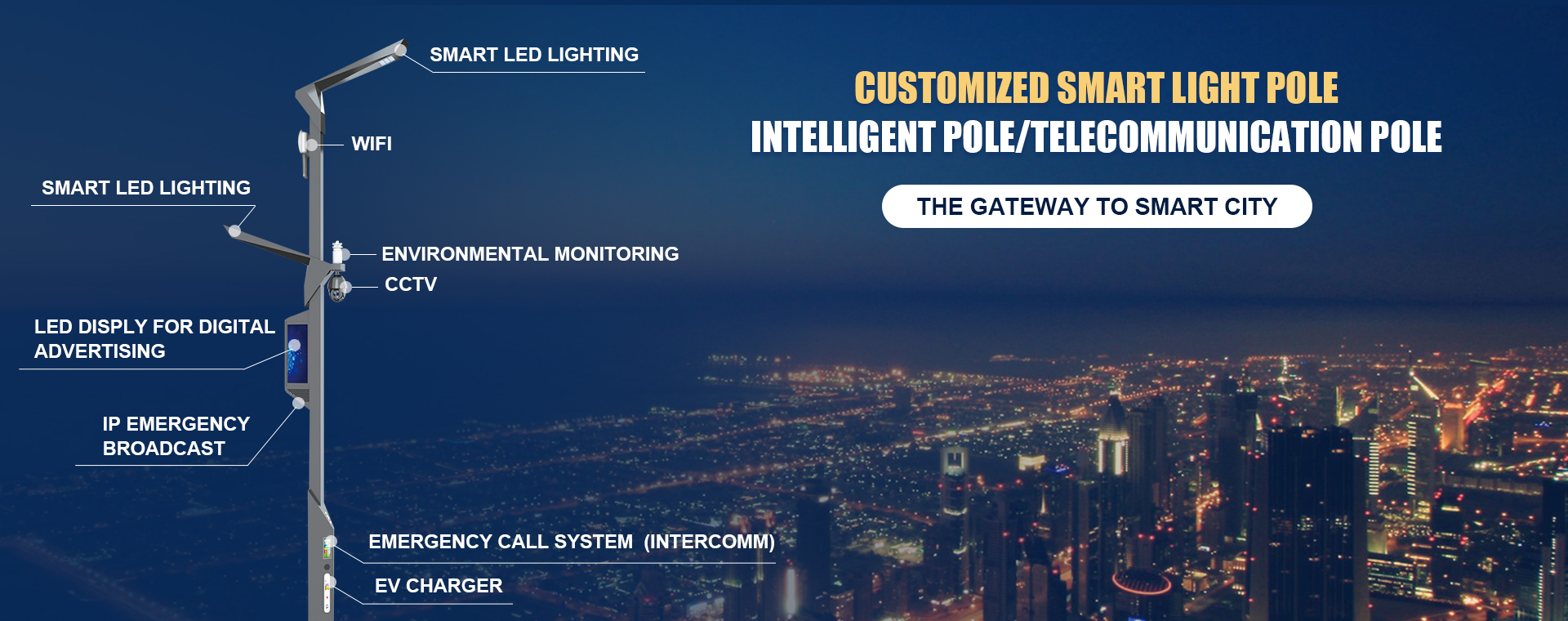Smart street lights are revolutionizing urban infrastructure by integrating advanced technologies like IoT, sensors, and AI. Customizing them requires careful planning to meet specific needs. Here’s a step-by-step guide:
1. Define Requirements
Identify key objectives—energy efficiency, traffic monitoring, environmental sensing, or public safety. Determine whether features like motion detection, adaptive lighting, or emergency alerts are necessary.
2. Choose the Right Technology
Select IoT-enabled LED lights with sensors (e.g., motion, air quality, or noise detectors). Ensure compatibility with a central management system for remote monitoring and control.
3. Design the Network
Opt for reliable connectivity (4G/5G, LoRaWAN, or Wi-Fi) to enable real-time data transmission. Plan the placement of lights to ensure optimal coverage and minimal interference.
4. Integrate Smart Features
Add AI-driven adaptive lighting to dim or brighten based on activity. Incorporate cameras or emergency buttons for enhanced security. Consider solar panels for sustainability.
5. Test and Deploy
Conduct pilot tests to evaluate performance, energy savings, and durability. Adjust settings as needed before full-scale deployment.
6. Maintain and Upgrade
Regularly update software, replace faulty components, and expand functionalities based on urban needs.
By following these steps, cities can tailor smart street lighting to improve efficiency, safety, and sustainability. Customization ensures the system evolves with technological advancements and community demands.
Post time: May-22-2025








